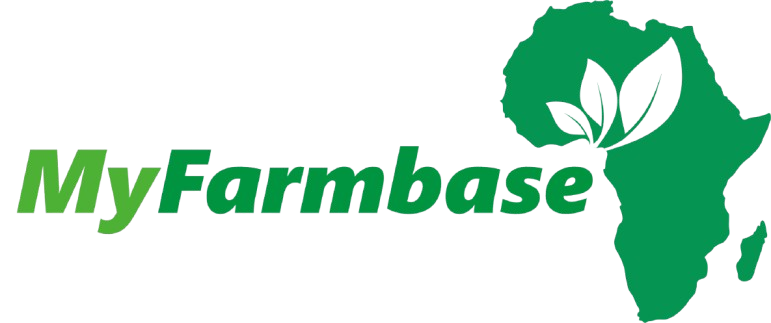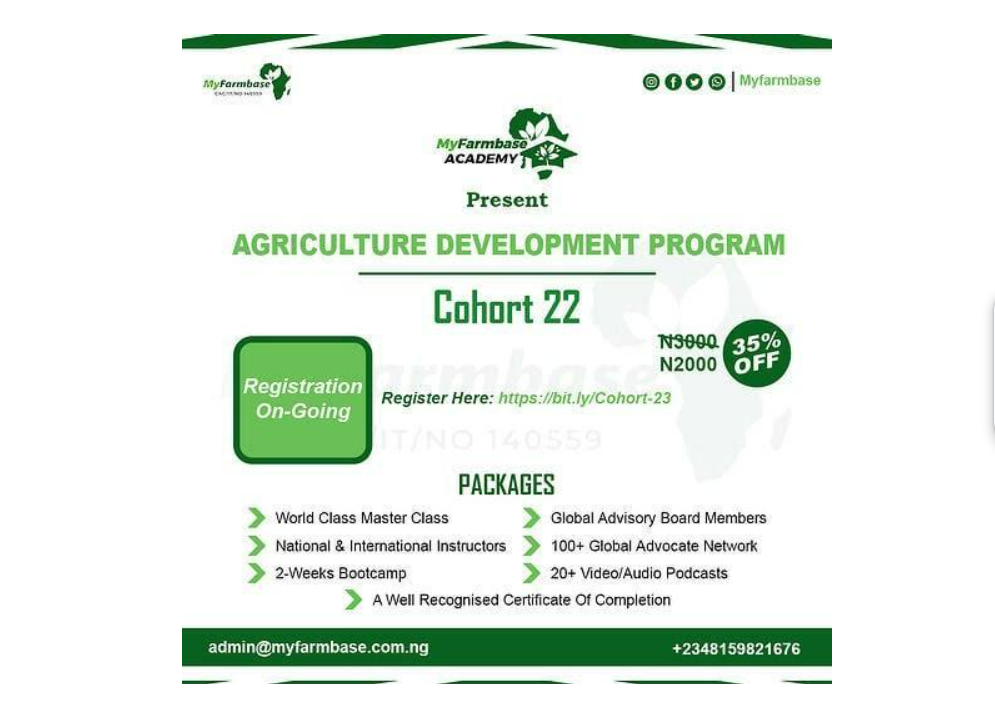Microsoft AZ-400 Reliable Test Voucher - AZ-400 Pass4sure Dumps Pdf
What's more, part of that BraindumpQuiz AZ-400 dumps now are free: https://drive.google.com/open?id=1St6nUC8KU9HMFjS62CoPnLrtIaFRwwsE
We are committed to helping you pass the exam, and you can pass the exam just one time by using AZ-400 exam materials of us. AZ-400 exam braindumps contain both questions and answers, so that you can have a convenient check after finish practicing. And we offer you free demo for you to have a try before buying AZ-400 Exam Materials, so that you can have a better understanding of what you are going to buy. In addition, we are pass guarantee and money back guarantee if you fail to pass the exam. We have online and offline service, and if you are bothered by any questions for AZ-400 exam braindumps, you can consult us.
As we all know, time and tide waits for no man. If you really want to pass the AZ-400 exam, you should choose our first-class AZ-400 study materials. And you cannot miss the opportunities this time for as the most important and indispensable practice materials in this line, we have confidence in the quality of our AZ-400 practice materials, and offer all after-sales services for your consideration and acceptance.
>> Microsoft AZ-400 Reliable Test Voucher <<
AZ-400 Pass4sure Dumps Pdf - Latest AZ-400 Study Materials
Our AZ-400 Test Guide is suitable for you whichever level you are in right now. Whether you are in entry-level position or experienced exam candidates who have tried the exam before, this is the perfect chance to give a shot. Not only from precious experience about thee exam but the newest information within them. Our Designing and Implementing Microsoft DevOps Solutions study question will be valuable investment with reasonable prices. Besides, they can be obtained within 5 minutes if you make up your mind.
For more info visit:
MICROSOFT AZ-400 Exam Reference, and Microsoft Documents
Microsoft Designing and Implementing Microsoft DevOps Solutions Sample Questions (Q475-Q480):
NEW QUESTION # 475
You are building an application that has the following assets:
* Source code
* Logs from automated tests and builds
* Large and frequently updated binary assets
* A common library used by multiple applications
Where should you store each asset? To answer, drag the appropriate Azure services to the correct assets. Each service may be used once. You may need to drag the split bar between panes or scroll to view content.
NOTE: Each correct selection is worth one point.

Answer:
Explanation:

Explanation

Box 1: Azure Repos
Box 2: Azure Artifacts
Use Azure Artifacts to create, host, and share packages with your team.
Box 3: Azure Pipelines
In the pipeline view you can see all the stages and associated tests. The view provides a summary of the test results Box 4: Azure Storage Reference:
https://docs.microsoft.com/en-us/azure/devops/repos/get-started/what-is-repos
https://azure.microsoft.com/en-us/services/devops/artifacts/
https://docs.microsoft.com/en-us/azure/devops/pipelines/test/review-continuous-test-results-after-build
NEW QUESTION # 476
You currently use JIRA, Jenkins, and Octopus as part of your DevOps processes.
You plan to use Azure DevOps to replace these tools.
Which Azure DevOps service should you use to replace each tool? To answer, select the appropriate options in the answer area.
NOTE: Each correct selection is worth one point.

Answer:
Explanation:

Explanation
JIRA- BoardJenkins- Build Pipelines
NEW QUESTION # 477
You have an Azure subscription that contains an Azure Active Directory (Azure AD) tenant.
You are configuring a build pipeline in Azure Pipelines that will include a task named Task1. Task1 will authenticate by using an Azure AD service principal.
Which three values should you configure for Task1? Each correct answer presents part of the solution.
NOTE: Each correct selection is worth one point.
- A. the app ID
- B. the tenant ID
- C. the subscription ID
- D. the object ID
- E. the client secret
Answer: A,B,C
Explanation:
Create an Azure Resource Manager service connection with an existing service principal AB: Enter the information about your service principal into the Azure subscription dialog textboxes:
* Tenant ID
* Subscription ID
* Subscription name
* Service principal ID
Either the service principal client key or, if you have selected Certificate, enter the contents of both the certificate and private key sections of the *.pem file.
D: To deploy to a specific Azure resource, the task will need additional data about that resource.
If you're using the classic editor, select data you need. For example, the App service name.
If you're using YAML, then go to the resource in the Azure portal, and then copy the data into your code. For example, to deploy a web app, you would copy the name of the App Service into the WebAppName value.
Reference:
https://docs.microsoft.com/en-us/azure/devops/pipelines/library/connect-to-azure
NEW QUESTION # 478
You plan to deploy a runbook that will create Azure AD user accounts.
You need to ensure that runbooks can run the Azure PowerShell cmdlets for Azure Active Directory.
To complete this task, sign in to the Microsoft Azure portal.
Answer:
Explanation:
See solution below.
Explanation
Azure Automation now ships with the Azure PowerShell module of version 0.8.6, which introduced the ability to non-interactively authenticate to Azure using OrgId (Azure Active Directory user) credential-based authentication. Using the steps below, you can set up Azure Automation to talk to Azure using this authentication type.
Step 1: Find the Azure Active Directory associated with the Azure subscription to manage:
1. Log in to the Azure portal as the service administrator for the Azure subscription you want to manage using Azure Automation. You can find this user by logging in to the Azure portal as any user with access to this Azure subscription, then clicking Settings, then Administrators.

2. Note the name of the directory associated with the Azure subscription you want to manage. You can find this directory by clicking Settings, then Subscriptions.

Step 2: Create an Azure Active Directory user in the directory associated with the Azure subscription to manage:
You can skip this step if you already have an Azure Active Directory user in this directory. and plan to use this OrgId to manage Azure.
1. In the Azure portal click on Active Directory service.

2. Click the directory name that is associated with this Azure subscription.
3. Click on the Users tab and then click the Add User button.
4. For type of user, select "New user in your organization." Enter a username for the user to create.
5. Fill out the user's profile. For role, pick "User." Don't enable multi-factor authentication. Multi-factor accounts cannot be used with Azure Automation.
6. Click Create.
7. Jot down the full username (including part after @ symbol) and temporary password.
Step 3: Allow this Azure Active Directory user to manage this Azure subscription.
1. Click on Settings (bottom Azure tab under StorSimple)

2. Click Administrators
3. Click the Add button. Type the full user name (including part after @ symbol) of the Azure Active Directory user you want to set up to manage Azure. For subscriptions, choose the Azure subscriptions you want this user to be able to manage. Click the check mark.
Step 4: Configure Azure Automation to use this Azure Active Directory user to manage this Azure subscription Create an Azure Automation credential asset containing the username and password of the Azure Active Directory user that you have just created. You can create a credential asset in Azure Automation by clicking into an Automation Account and then clicking the Assets tab, then the Add Setting button.

Note: Once you have set up the Azure Active Directory credential in Azure and Azure Automation, you can now manage Azure from Azure Automation runbooks using this credential.
References:
https://azure.microsoft.com/sv-se/blog/azure-automation-authenticating-to-azure-using-azure-active-directory/
NEW QUESTION # 479
Your company plans to deploy an application to the following endpoints:
* Ten virtual machines hosted in Azure.
* Ten virtual machines hosted in an on-premises data center environment All the virtual machines have the- Azure Pipelines agent.
You need to implement a release strategy for deploying the application to the endpoints.
What should you recommend using to deploy the application to the endpoints? To answer, drag the appropriate componentsto the correct endpoint.
Each component may be used once, more than once, or not at all. You may need to drag the split bar between panes or soon to view content NOTE: Each correct selection n worth one point.

Answer:
Explanation:

Explanation

Box 1: A deployment group
When authoring an Azure Pipelines or TFS Release pipeline, you can specify the deployment targets for a job using adeployment group.
If the target machines are Azure VMs, you can quickly and easily prepare them by installing the Azure Pipelines Agent Azure VM extension on each of the VMs, or by using the Azure Resource Group Deployment task in your release pipeline tocreate a deployment group dynamically.
Box 2: A deployment group
References:https://docs.microsoft.com/en-us/azure/devops/pipelines/release/deployment-groups
NEW QUESTION # 480
......
Our team of experts updates actual Designing and Implementing Microsoft DevOps Solutions (AZ-400) questions regularly so you can prepare for the Designing and Implementing Microsoft DevOps Solutions (AZ-400) exam according to the latest syllabus. Additionally, we also offer up to 1 year of free Designing and Implementing Microsoft DevOps Solutions (AZ-400) exam questions updates. We have a 24/7 customer service team available for your assistance if you get stuck somewhere. Buy Microsoft AZ-400 Latest Questions of BraindumpQuiz now and get ready to crack the AZ-400 certification exam in a single attempt.
AZ-400 Pass4sure Dumps Pdf: https://www.braindumpquiz.com/AZ-400-exam-material.html
2025 Latest BraindumpQuiz AZ-400 PDF Dumps and AZ-400 Exam Engine Free Share: https://drive.google.com/open?id=1St6nUC8KU9HMFjS62CoPnLrtIaFRwwsE

















